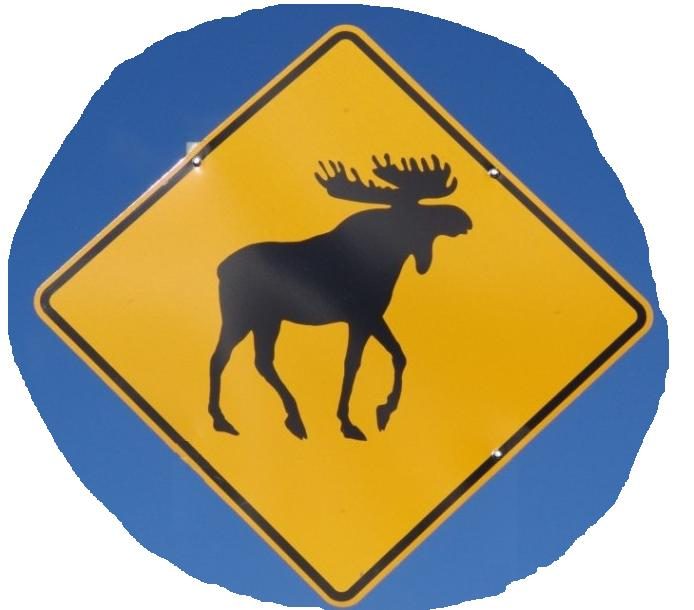(continuer en français) – Last updated: July 21, 2023

In Vermont, near Burlington, the Shelburne Museum surprised me by its size. The further I went, the more I discovered, I was like pulling on an endless thread, without being able to see the end. It was finally the closing time that pushed me towards the exit. This somewhat disparate collection of buildings and valuable objects could be defined as a collection of collections.
At first sight it looks like a historical village with 39 interesting old structures, as they exist everywhere. But the visitor soon discovers that these old buildings in turn contain several collections covering different fields.
The origin of this unusual place, created in 1947, is the wealthy Webb family, especially one of the women of this great New York family, Electra Havemeyer Webb (1888-1960) who, like her parents, began collecting at a very young age.
The Webb family bequeathed the finest pieces of their family art collection, displayed in six recreated rooms of their New York flat. They are grouped in a Memorial that resembles an elegant country home.
The collection includes paintings by Rembrandt, Monet, Manet, Degas, Cassat and many fine pieces of furniture.
Another passion of the Webb family is found in a very large collection of means of transport. These were particularly bulky objects, requiring large enough spaces to be preserved and displayed to the public.
This resulted in a combination of two collections, that of the vehicles and that of the old buildings thus preserved and brought together in one place. The most spectacular of these is the Round Barn, which houses the vehicles used by the Webbs in New York.
There is also this 1852 stagecoach which innovated by installing a system of shock absorbers bringing a comfort unknown until then.
The Webb’s interest was particularly focused on horse-drawn vehicles, of which there are over 220.
Another means of transportation, the steamboat Ticonderoga, joined the museum grounds after its retirement in 1953. Launched in 1906, the boat operated on nearby Lake Champlain. It was part of a link between New York and Montreal, combining several means of transportation such as trains and boats. Then came the aeroplane.
Aboard the ship, time has stopped in 1923. A young couple set off on a journey with their Durant on the deck. The travellers’ cabins, the lounges and the dining room are reminders of the luxury in which those who travelled for pleasure lived at the time.
Built in 1871 on Lake Champlain to signal Colchester Reef, the lighthouse was taken out of service at the time the Ticonderoga ceased operations, and naturally it joined her in Shelburne. The rooms where the keeper’s family lived are shown and the operation of a Fresnel lantern is explained.
Covered bridges are part of the landscape of the New England states. This one dates from 1845 and spanned the Lamoille River with two lanes.
In addition to the artworks that form the basis of the museum’s collection, another objective was to collect ordinary objects that illustrate a way of life, especially from rural areas. This went hand in hand with the typical houses collected here. This was the case with the Prentis House of 1773 showing what saltbox houses were like.
A log house built in the mid-19th century as a temporary dwelling with basic furnishings. It was either a new immigrant or a second home near a seasonal work site.
Dorset House of 1832 shows a different lifestyle, the house belonged to a wealthy entrepreneur.
Dutton House dates back to 1782 and was inhabited by the same family until 1900.
There is also an inn from 1787 where everyday objects of the time are now displayed.
Throughout the buildings other collections appear showing different aspects of North American popular culture, such as dollhouses, there are more than 1000 dolls, or quilts, the collection counts several hundred.
Given the diversity, there must be something for everyone, with the idea of not only conserving but also educating with what we might be less familiar with. A good half day is surely necessary to go through it all.
To be informed of upcoming articles, register here (it’s free!).
Articles about the United States
Massachusetts
Michigan
New Hampshire
New York
To be informed of upcoming articles, register here (it’s free!).
































What a great museum. I love the round barn and Ticonderoga portions. Thanks for sharing. Allan
LikeLiked by 1 person
I remember chasing round barns in Quebec where some people said they built them as the devil could not hide in the corners. Visually the round buildings usually attract attention as they are outside the norm. Thanks for commenting.
LikeLiked by 1 person
As I read the article, I found myself musing on international art theft. Those are some famous painters they have on-site, and they would fetch a pretty penny if purloined. Their security arrangements must be pretty good. I imagine they have a combination of electronics and manned guards.
— Catxman
http://www.catxman.wordpress.com
LikeLiked by 1 person
Right, the part where the impressionist paintings are located looks like a fortress. The rest of the complex is manned by friendly pensioners, here there are sturdy guards who diligently screen visitors. It won’t be easy to commit a theft.
LikeLike
Impressive museum!
LikeLiked by 1 person
You are right, there is a lot and often quality.
LikeLiked by 1 person
what an incredible place! So beautiful, so historical!
LikeLiked by 1 person
It’s true, there is a little bit of everything, it gives the possibility to dive into the American culture over a few centuries.
LikeLike